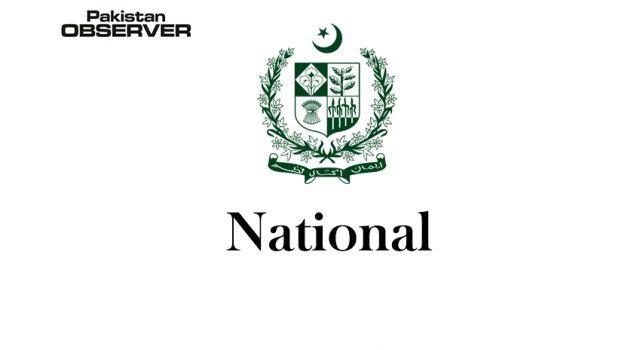A massive glacial lake outburst flood on Saturday occurred in Hunza District’s Hassanabad Village after the glacial lake formed over Shisper Glacier started receding 5,000 Cusecs water while initiating the glacial melting prior to the normal duration.
Remote Sensing Specialist at the International Centre for Integrated Mountain Development (ICIMOD) Dr Sher Mohammad said that the glacial lake size was 15 percent more than the recorded lake size for the past three years at the pre-outburst level of the glacial lake.
Mohammad said the massive Glacial Lake Outburst Flood (GLOF) in Hunza from Shishpar glacier was mainly triggered due to abrupt temperature rise in the Northern Areas due to the prevailing heatwave phenomenon. He said the glaciers were melting at a faster pace mainly due to heatwave, adding, “in the past 20 days, there has been 40 percent increase in the Shisper glacier lake area due to expedited glacier melting after heatwave impacts gripped the Northern Areas as mostly glacial lakes are formed in May but it got developed one month ahead in April”. “Not only are glacial lakes rapidly forming in them, but they are also appearing ahead of their normal time and bursting into floods”, he added.
Dr. Sher Mohammad in his research has revealed that lakes on at least five glaciers appeared prematurely in the month of April and some of them have erupted where the water was running faster than usual. “We have been able to record only five glacial lakes due to continuous clouds, which are increasing but the number could be much higher.”
He underscored that there were supraglacial lakes formed over vulnerable glaciers after rapid increase in temperatures and could become a lurking threat in the coming days as more increase in temperature would drive glacial flooding further.
He said satellite reports and images of the five glacier lakes could indicate that other glaciers in the area could also pose a threat to the lakes. “This is not usually the case in April and glaciers and lakes are recorded in the month of June or later, but temperatures above five degrees Celsius can cause a number of natural disasters”, he warned.










